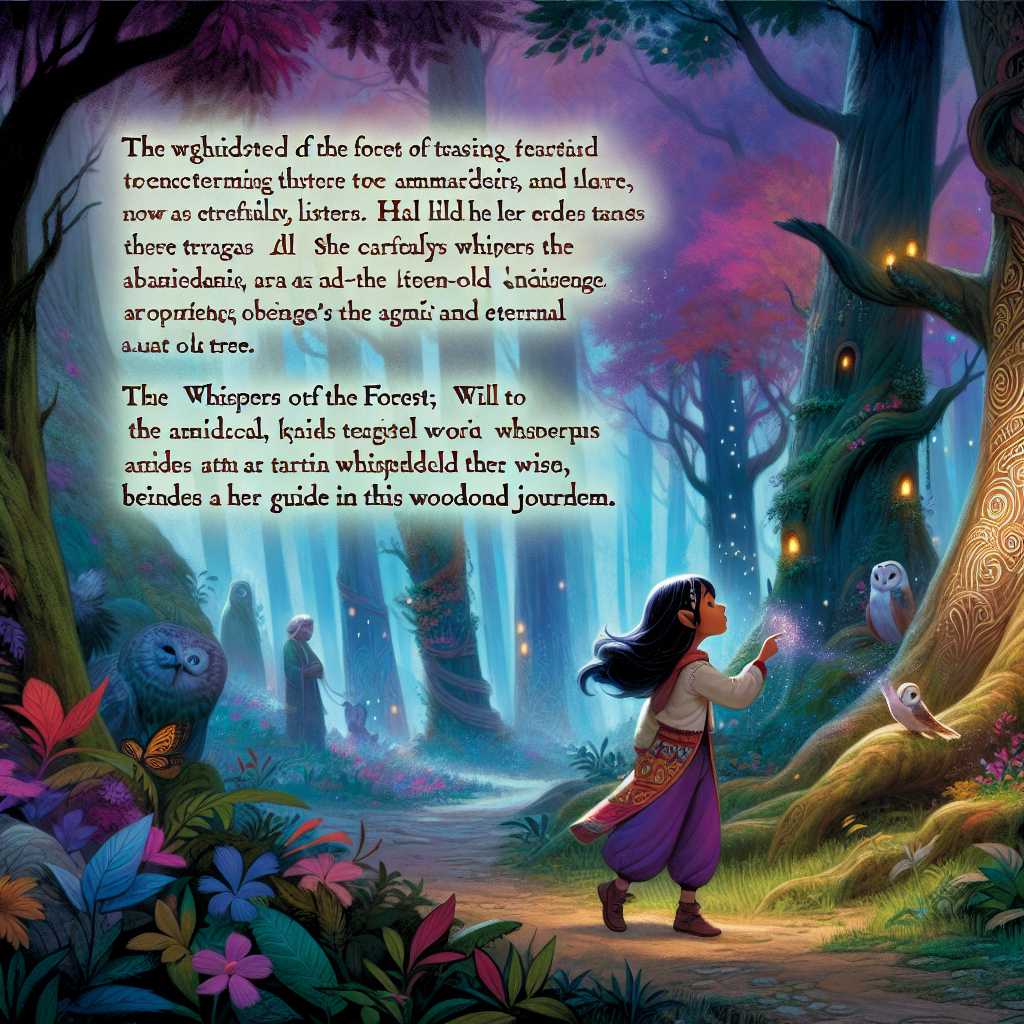
In a quaint village nestled between rolling hills and sprawling fields of wildflowers, a story of quiet courage and unseen triumph unfolds. There, life was blessedly simple but rich with a tapestry of human emotions and age-old wisdom. Among the cluster of cottages, modest as they were, stood one with a sunlit garden where the tulips swayed with the breeze. It was home to a young woman named Amelia.
Amelia, though gifted with a gentle nature and a mind as sharp as a lark’s song, was often unseen by the world around her, not because of her lack of prowess, but due to the blindness that veiled her since birth. **To many, blindness was a darkness**, but for Amelia, it was simply part of her existence, as natural as the dawn rousing the day into life.
“It is not the eyes that behold the world but the heart and soul,”Amelia’s mother would whisper to her as they strolled through the village pathways, breathing in the scent of jasmine that lined their path like stars upon a clear night sky.
Amelia embraced the world in her own way, weaving through life’s tapestry with threads of sound, touch, and the whispered stories of the village elders. Yet, it was her dream to paint—not with colors, but with stories, told through the vivid imageries dancing in her mind.
In the heart of the village lay the old library, a treasure trove of tales, where Amelia spent countless hours. She relished each story, memorizing its essence, imagining the worlds spun by the authors with vivid clarity her unseen eyes could not betray. It was here, under the gentle tutelage of Mr. Hawthorn, an elderly librarian whose heart pulsed with empathy and wisdom, she found her muse and potential.
“Your visions are unique, Amelia,” Mr. Hawthorn would always say with a kind, knowing smile, “and such visions the world dearly needs. With your gift, you shall paint the world anew.”
Encouraged by his words and driven by her unyielding spirit, Amelia began to write. At first, her voice trembled with hesitation, but as weeks turned to months, her confidence unfurled like a flower reaching for the sun. She recited her stories in the village square, her words wrapping around the hearts of her listeners like a warm embrace. Though her eyes were unseeing, her words painted pictures more vivid and colorful than any artist’s brush.
Yet, as all stories go, Amelia’s world was not without its shadows. There were those who questioned her gift, who doubted the merit of the unseen. Their words were daggers, aiming to pierce her burgeoning spirit. The village was a small place, and rumors ran swift like a stream after spring rains.
“How can a girl who cannot see, paint the world with words?” they whispered, their skepticism riding on the winds of judgment.
**Amelia felt the sting of doubt**, her heart heavy with the burden of others’ disdain. For a moment, she hesitated, her fingers pausing over the parchment where her stories had often danced into life. But her heart—or perhaps it was a whisper of courage from the depths of her soul—urged her onward. “Darkness,” she reminded herself, “is merely another form of light unseen.”
And so, emboldened by this realization, Amelia poured her energies into a single tale, a story that would intertwine the essence of her dreams and struggles, her laughter and tears. She called it “The Dance of Shadows and Light.” It was a story of a world lit by unseen beauty and where the heart is an unerring guide through the fog.
When the tale was complete, Amelia presented it to Mr. Hawthorn, whose eyes glistened with unshed tears as he absorbed the eloquent prose and lyrical depth of her words.
“This is not merely a story, dear girl; this is a flame that will illuminate many paths,” he said, his voice overflowing with heartfelt pride.
Encouraged, Amelia allowed “The Dance of Shadows and Light” to travel beyond the village’s boundaries. It found its way into the hands of those untouched by her voice, reaching hearts far and wide with the beauty of her unseen light.
In time, the tale spread beyond what even Amelia dared to dream, as her story awakened the realization that **perception lies not in the eyes but in the spirit that breathes life into possibilities unimagined**. The whispers of doubt were forever silenced, eclipsed by the growing chorus of admiration and wonderment.
Many years later, in a sun-dappled garden of her own, Amelia sat pen in hand, listening to the gentle rustle of her children playing. Her eyes were still blind to the world’s vibrant dance, yet her heart remained an eternal window through which the most resplendent of vistas could be seen.
And thus, in a world where light and shadow melded into a tapestry of unseen beauty, Amelia’s story became a beacon, heralding the triumph of the human spirit over the confines and limitations of perception. Indeed, the blind maiden of a small village had, through her stories, gifted the world with a sight more precious than any mere optics could provide.
**This, dear reader, is the story inspired by the light within—a light that neither the sun nor the eyes can claim:** the unseen light of the soul’s triumph over the ordinary cadence of sight.










